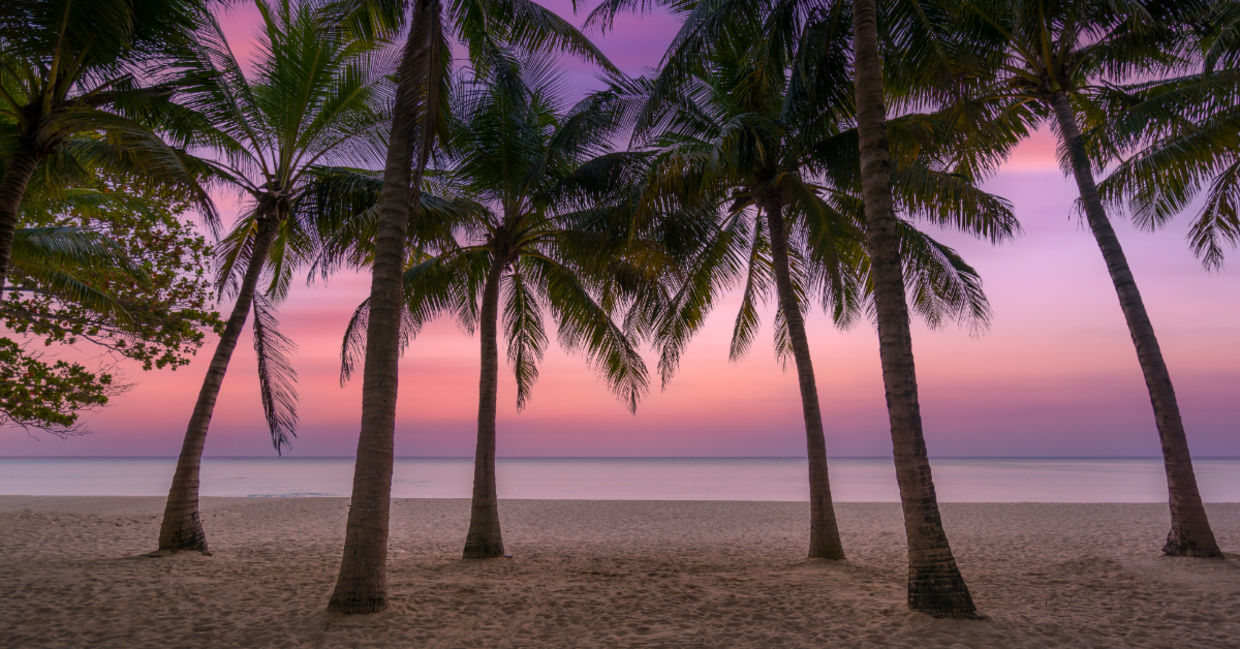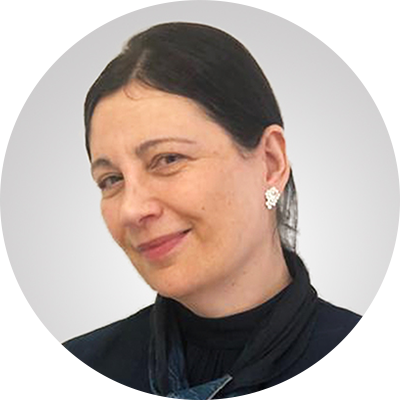
(Netfalls Remy Musser / Shutterstock.com)
Just sometimes, a leopard can change its spots! The volcanic island of Redonda in the Caribbean Sea, part of Antigua and Barbuda, offers a shining example of a place that has shed its disappointing environmental record. Once known as a barren, dusty moonscape that was overrun with rats and goats, since 2016, it has been metamorphosing into a model wildlife haven, as detailed by Issuu.
In September 2023, Redonda was rebranded as the Redonda Ecosystem Reserve, and officially designated a protected area. This is an area which encompasses the 74,000 acres of the island and the seagrass meadows and coral reef surrounding it, as Mongabay enthusiastically reports.
The rebirth of ‘Rat Island’
The island has a less than illustrious heritage. Until the start of World War I, it had been mined for seabird excrement, used as fertilizer and for gunpowder. When the miners departed, they left a legacy of rats and feral goats on the now-uninhabited isle. Both these invasive species stripped the island of its vegetation, while the rats preyed on reptiles and ate birds’ eggs. Meanwhile, with most of the vegetation gone, rocks and soil slid down into the sea, choking the reefs and seagrass below, and making visiting perilous.
Globally, conservationists have found, as this 2022 study reveals, that removing invasive species such as rats, rabbits and pigs significantly boosts the restoration of biodiversity on island habitats.
In 2016, conservationists began to rid the island of the rats, as the BBC reports. They also needed to transport the goats off the island, calming them with blindfolds made of old yoga pants!
Once these invasive species were gone, a miraculous and faster-than-expected transformation happened. Johnella Bradshaw is Redonda program coordinator for the Environmental Awareness Group (EAG), an Antiguan nonprofit leading the project. She shares that from only one tree on Redonda and one resident land bird living on the island pre-eradication, the island’s biodiversity began to flourish. For instance, numbers of the local but critically endangered ground dragon have multiplied thirteenfold since 2017, while seabirds such as red-billed tropicbirds have recolonized the island. Also welcome was how native trees and grasses sprouted once again.
Local feasibility studies are now exploring the idea of reintroducing once-local species to the island. These include the burrowing owl, a small, sandy-colored bird that nests underground. In parallel, the threat of errant rats is closely monitored, as is a sustainable fishing policy. The island’s new, protected status, means that it will become an important nesting site for migratory birds, while its unique species will be preserved for posterity.
Arica Hill, the executive director of EAG, told Mongabay that the most exciting part about Redonda’s restoration and establishment as a protected area is seeing “Antiguans and Barbudans fall in love with Redonda and be at the forefront of conservation action.” Hill admits that Antigua and Barbuda have not traditionally been especially enthusiastic about conservation. In fact, according to National Geographic, conservation has typically been regarded as an indulgence for the wealthy. But, as Hill tells the BBC, after a heartwarming turnaround, Redonda is now the largest protected area in the Eastern Caribbean.
Jenny Daltry, Caribbean alliance director for the NGOs Re:wild and Fauna & Flora International, told Mongabay that she expects more positive changes on Redonda and the surrounding sea in upcoming decades: “Without vegetation, things were just crumbling into the sea, smashing up the reefs and the seagrass meadows. But we should see that pressure decrease on the coral reefs and the seagrass meadows to start to recover as well.”
A shining light for the Caribbean
Experts hope Redonda’s restoration and successive protection will serve as a shining light for similar projects across the Caribbean. This is urgent. The region’s islands, CNN reports from figures provided by Fauna & Flora, account for at least 10 percent of the world’s recorded bird extinctions, 40 percent of mammal extinctions, and over 60 percent of reptile extinctions since the year 1500.
Hill regards the establishment of the reserve a “good jumping point” for future conservation action in the Caribbean, which is peppered with small islands overrun by invasive species. “What we’re hoping to see is that we’ll be able to use the same model of NGOs working with government, working with private individuals and private agencies to come up with a system of managing an area,” Hill tells Mongabay.
Bradshaw tells CNN that Redonda is proof that rewilding works, as mother nature is left to do what she does best.
“When you think about conservation, you think about things happening in America or Europe, not a little island in the Caribbean,” says the EAG’s Shana Challenger to the BBC. “Now we are at the forefront of international conservation, we can change that narrative, and show younger generations that people who look like me can do this,” she adds with a smile.
YOU MIGHT ALSO LIKE:
Innovative Project Could Help Birds Make a Comeback
Technology For Trees!
A Haven for Hummingbirds in the Heart of Mexico City







